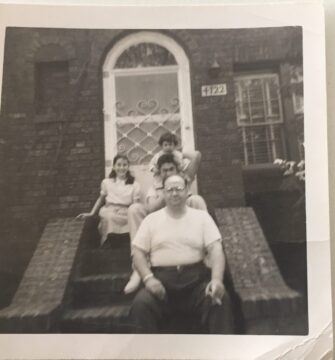by David Kordahl
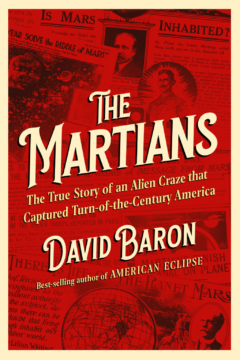
This article is a lightly edited transcript of a conversation with David Baron about his new book, The Martians: The True Story of an Alien Craze that Captured Turn-of-the-Century America. A video of this conversation is embedded below.
Intro and Percival Lowell Background (0:00)
Origins of the Canal Craze (6:39)
Gathering Evidence for the Canals (10:41)
Scientific Debate with Astronomers (14:02)
Thinking about “Outsider Scientists” (23:35)
Influence of Canals on Culture (27:45)
Reflections on Mars and the Future (32:33)
Intro and Percival Lowell Background
Today I’m speaking with David Baron, a seasoned science writer who has contributed to many major American journalism outlets, including the New York Times, the Washington Post, and the Wall Street Journal. He was a longtime science correspondent for NPR, and his TED Talk on the experience of solar eclipses has been viewed millions of times. His last book, American Eclipse, won the American Institute of Physics Science Writing Award in 2018. Today we’ll be discussing his new book, The Martians: The True Story of an Alien Craze that Captured Turn-of-the-Century America.
The “alien craze” in the subtitle of your book is the story of how, for about a decade at the beginning of the twentieth century, many people came to believe that the planet Mars held not only life, but a complex civilization. The person most responsible for popularizing this view as an established scientific fact was Percival Lowell. Lowell functions as a main character in your book.
I want to thank you for joining me today. At what point in your reporting for this book did it become clear that Lowell would function as a central figure in your story?
Oh, pretty much I knew that from the start. I first learned about the so-called “canals on Mars” from Carl Sagan, when I was in high school and watched the Cosmos series on PBS. On an episode about Mars, Sagan talked about this astronomer, Percival Lowell, who at the turn of the last century saw these weird lines on Mars that he believed were irrigation canals. It’s remembered as one of the great blunders in science, because it was an idea that really took off.
What actually surprised me was not that Lowell was my main character, but just how many other people got swept up in this craze—some of them quite prominent, famous scientists and inventors who totally believed that in fact there was the civilization on Mars. It was not just Percival Lowell. It was quite a collection of interesting characters. Read more »


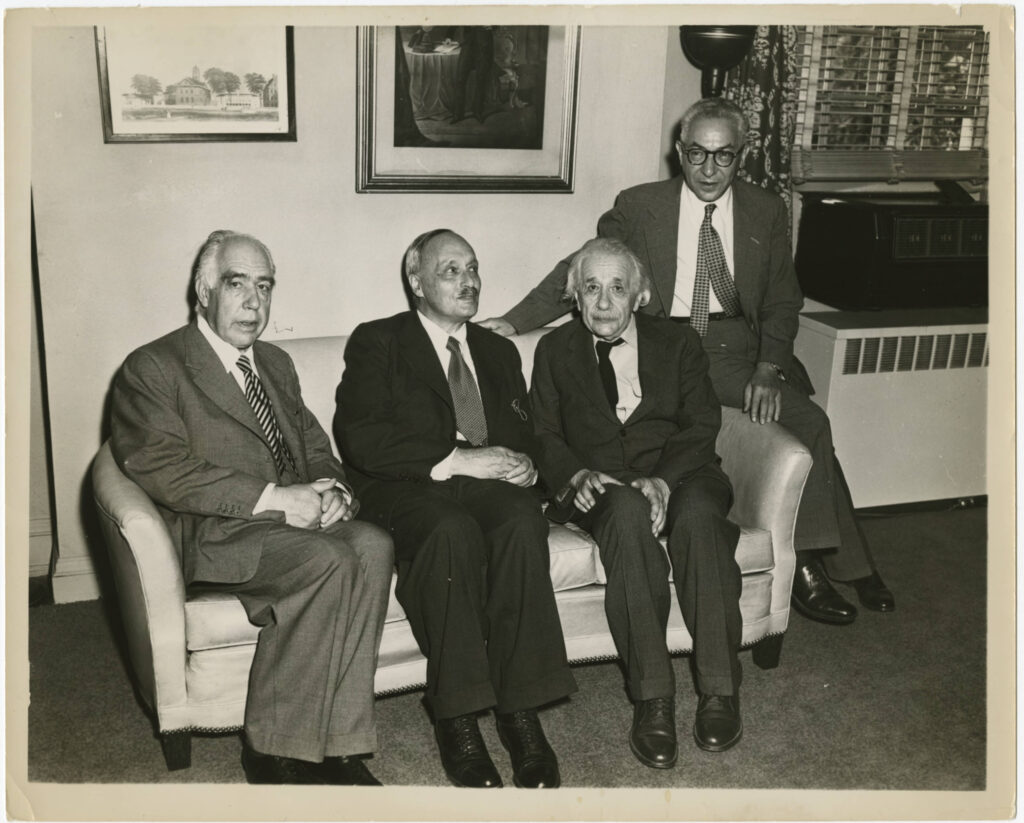

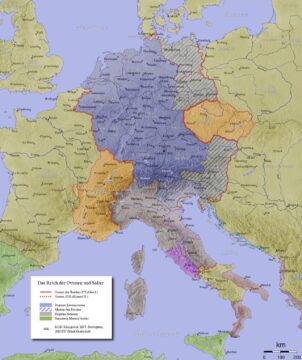
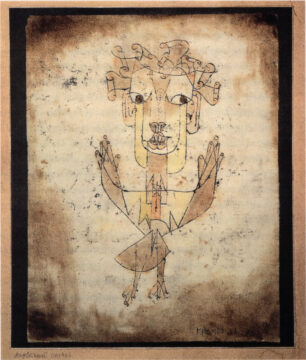



 If you had to design the perfect neighbor to the United States, it would be hard to do better than Canada. Canadians speak the same language, subscribe to the ideals of democracy and human rights, have been good trading partners, and almost always support us on the international stage. Watching our foolish president try to destroy that relationship has been embarrassing and maddening. In case you’ve entirely tuned out the news—and I wouldn’t blame you if you have—Trump has threatened to make Canada the 51st state and took to calling Prime Minister Trudeau, Governor Trudeau.
If you had to design the perfect neighbor to the United States, it would be hard to do better than Canada. Canadians speak the same language, subscribe to the ideals of democracy and human rights, have been good trading partners, and almost always support us on the international stage. Watching our foolish president try to destroy that relationship has been embarrassing and maddening. In case you’ve entirely tuned out the news—and I wouldn’t blame you if you have—Trump has threatened to make Canada the 51st state and took to calling Prime Minister Trudeau, Governor Trudeau.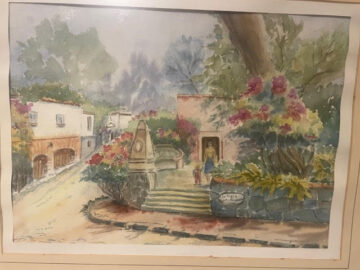

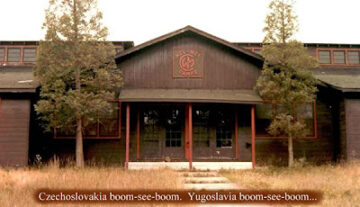

 In daily life we get along okay without what we call thinking. Indeed, most of the time we do our daily round without anything coming to our conscious mind – muscle memory and routines get us through the morning rituals of washing and making coffee. And when we do need to bring something to mind, to think about it, it’s often not felt to cause a lot of friction: where did I put my glasses? When does the train leave? and so on.
In daily life we get along okay without what we call thinking. Indeed, most of the time we do our daily round without anything coming to our conscious mind – muscle memory and routines get us through the morning rituals of washing and making coffee. And when we do need to bring something to mind, to think about it, it’s often not felt to cause a lot of friction: where did I put my glasses? When does the train leave? and so on.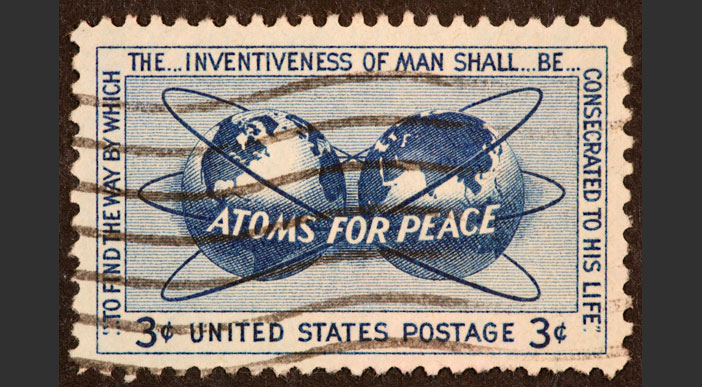
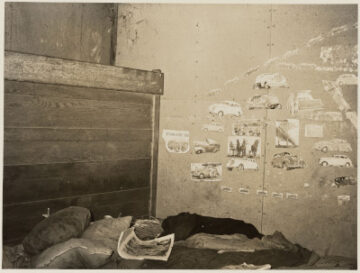
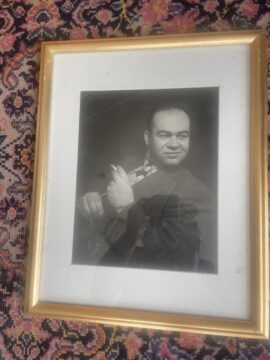
 Once again the world faces death and destruction, and once again it asks questions. The horrific assaults by Hamas on October 7 last year and the widespread bombing by the Israeli government in Gaza raise old questions of morality, law, history and national identity. We have been here before, and if history is any sad reminder, we will undoubtedly be here again. That is all the more reason to grapple with these questions.
Once again the world faces death and destruction, and once again it asks questions. The horrific assaults by Hamas on October 7 last year and the widespread bombing by the Israeli government in Gaza raise old questions of morality, law, history and national identity. We have been here before, and if history is any sad reminder, we will undoubtedly be here again. That is all the more reason to grapple with these questions.